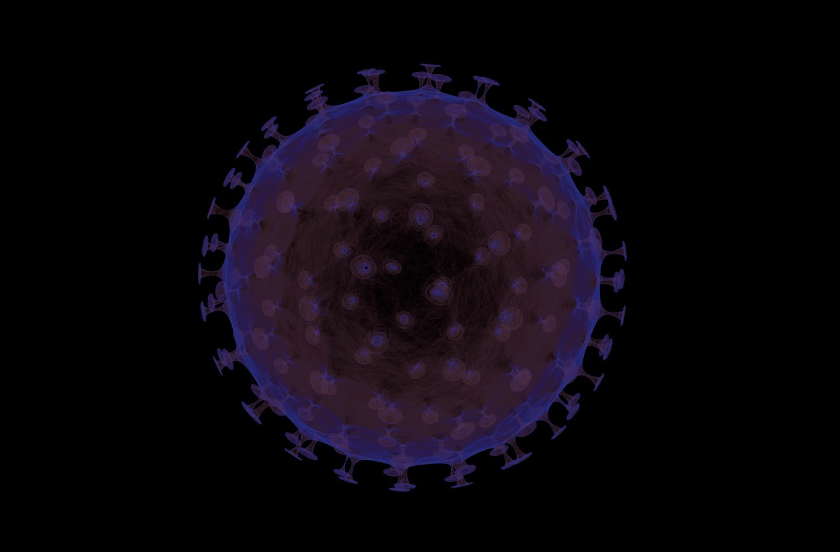
[ 객원 에디터 3기 / 장석현 기자] On June 23rd, 2022, researchers at the Salk Institute of Biological Sciences, basic research institute located in San Diego, California, United States, have found the relationship between regulatory T cells and skin cells that could potentially provide a cure for Alopecia—an autoimmune disease that causes unpredictable hair loss in quarter-sized patches.
Regulatory T cells are a specialized population within T cells, or immune systems that target foreign antigens and which specifically act against immunal responses that attack the body’s healthy cells. In particular, Glucocorticoid hormones are hormones found inside regulatory T cells that are produced from cholesterol and the adrenal gland, and behave as immunosuppressants capable of fighting inflammation.
The team of scientists, led by professor Ye Zhang, initially sought to investigate how the immune system’s regulatory T cells and glucocorticoid hormones cooperate against autoimmune diseases such as Crohn’s disease. To their dismay, no significant progress was made. As a result, they altered their experiment to examine specific body parts with higher glucocorticoid receptors, switching their focus to skin tissues and the skin-related disease Alopecia. The team initially triggered hair loss in two experimental mice, with one controlled for lower levels of glucocorticoid hormones in its skin tissue.
After two weeks, the results revealed that the regular mouse regrew its hair while the control mouse with lower hormones barely regrew any. The team concluded that this finding resulted from communication between the regulatory T cells, glucocorticoid receptors, and hair follicle stem cells.
Specifically, they found that the Glucocorticoid hormones stored within the regulatory T cells produced a protein named TGF-beta 3, which instructs it to activate the hair follicle stem cells to differentiate into hair strands. Considering how the typical roles of T cells were thought to be an immunosuppressant to maintain a healthy immune system, it shocked the scientists regarding its regenerative potential. They also found that regulatory T cells only produced this protein when tissue or muscle injuries have been detected. Correspondingly, this gave them an insight into how Alponica caused such hair losses—the immune system constantly damages skin cells, causing the injured hair follicles to no longer be able to hold the hair strands.
Researchers had said to achieve what they coined as ‘double benefits’ when glucocorticoid hormones were applied. It resists the immune system from attacking the body’s hair follicles and activates the regulatory T cells to produce TGF-beta 3 protein, stimulating the activation of hair follicle stem cells to reproduce hair strands. The team continues to apply these findings on other skin tissue-related injury models to develop new hair regeneration therapies.
Sources: Salk Institute, Studyfinds.org, MedicalNewsToday





